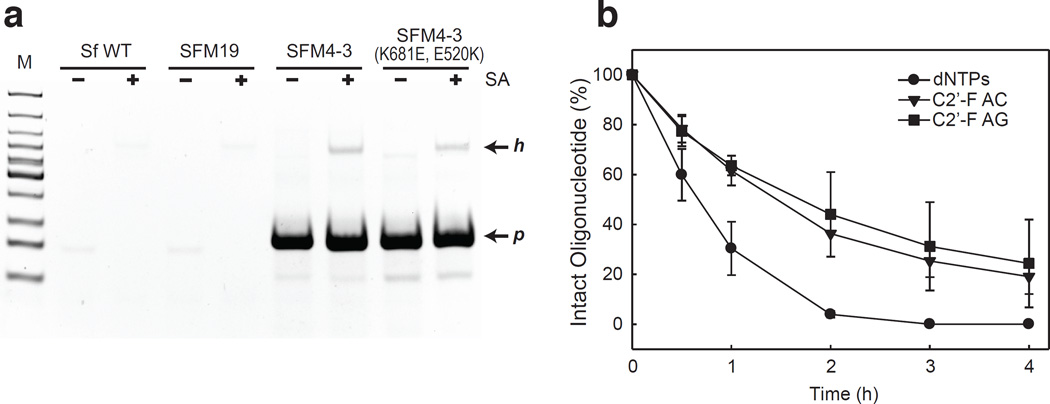Figure 4. Characterization of SFM4-3-mediated amplification of C2’-F oligonucleotides and analysis of the stability of the resulting PCR products.
a, Native PAGE analysis of PCR products obtained from a biotinylated DNA template in the presence of C2’-F-dATP, C2’-F-dGTP, dCTP, and dTTP, by different polymerases, without and with incubation with streptavidin (SA) (Lane M: low molecular weight marker (NEB)). Neither wild type Sf nor the parent mutant SFM19 produces any observable product. In contrast, the evolved mutant SFM4-3 and its derivative SFM4-3 (K681E, E520K) each produce a substantial amount of C2’-F-modified product (amplification product band, p), and only a small amount of the heteroduplex of DNA template and synthesized product strand (heteroduplex band, h) is observed. b, Stability of C2’-F-modified DNA product from SFM4-3 amplification in 5% FBS. Natural DNA (dNTPs) was rapidly degraded in the presence of FBS, while C2’-F-modified DNA products containing C2’-F-dA and C2’-F-dC (C2’-F AC), or C2’-F-dA and C2’-F-dG (C2’-F AG) exhibited significantly higher stability. Data shown is the average ± s.d. of three, independent determinations.

